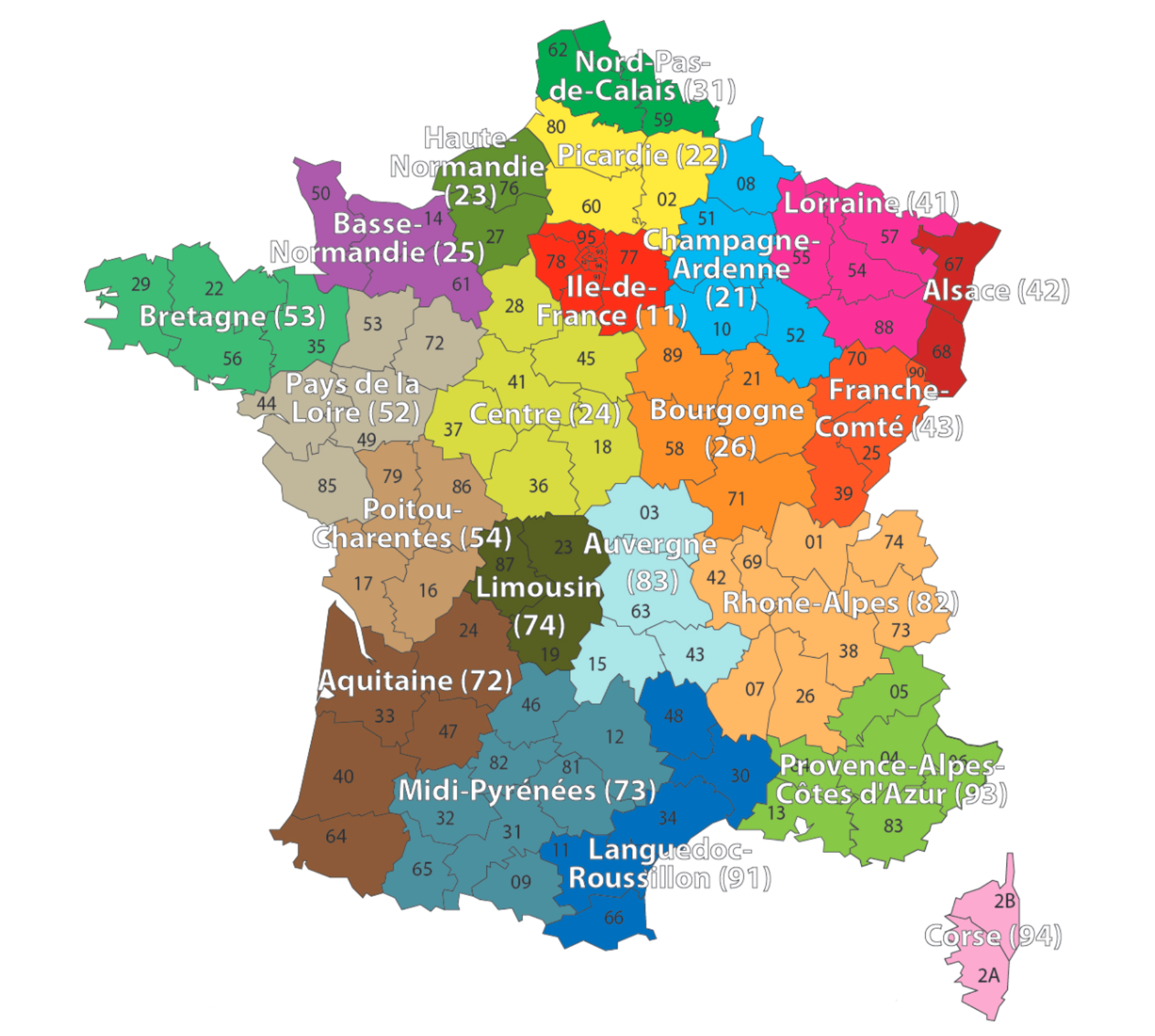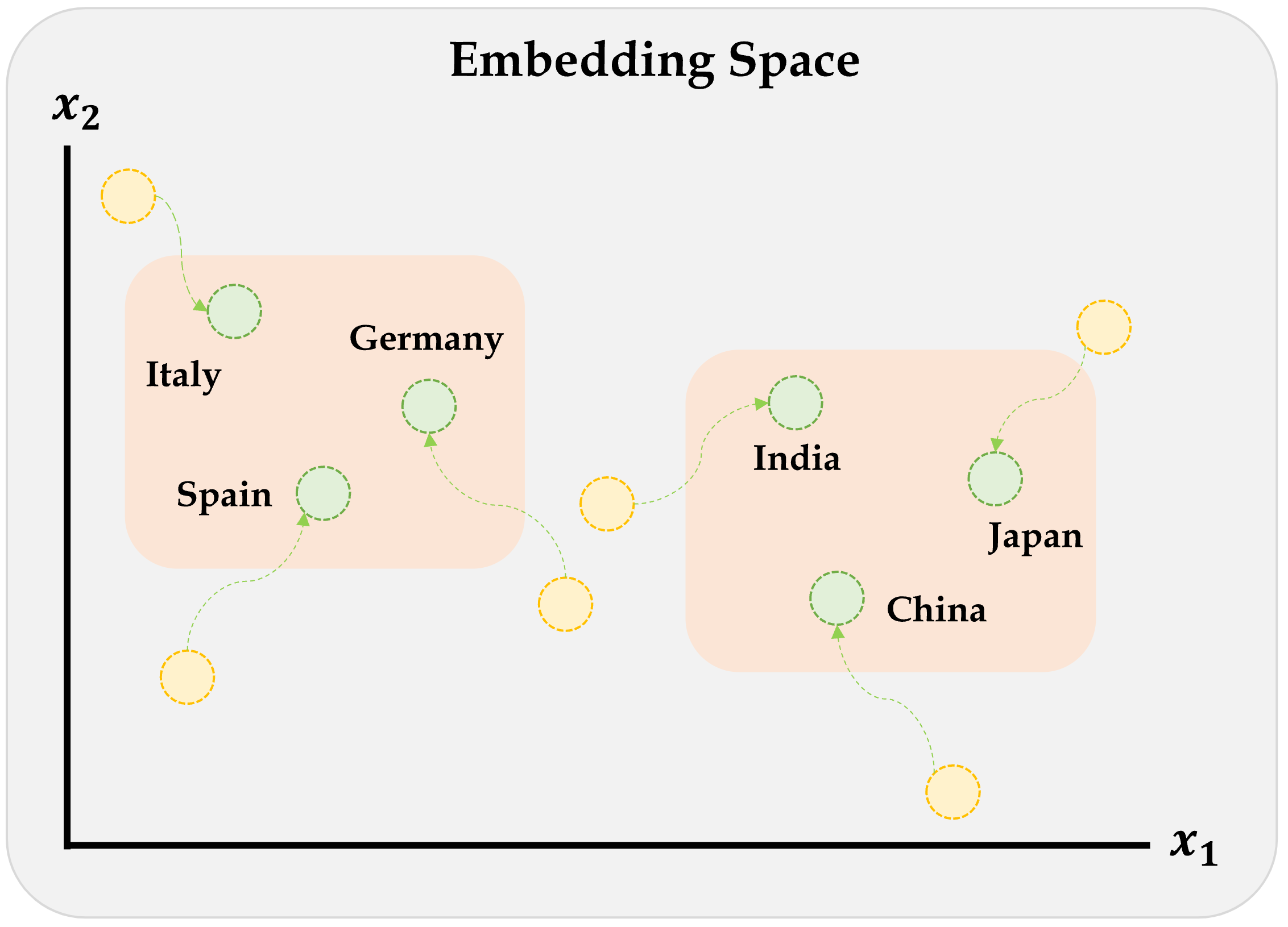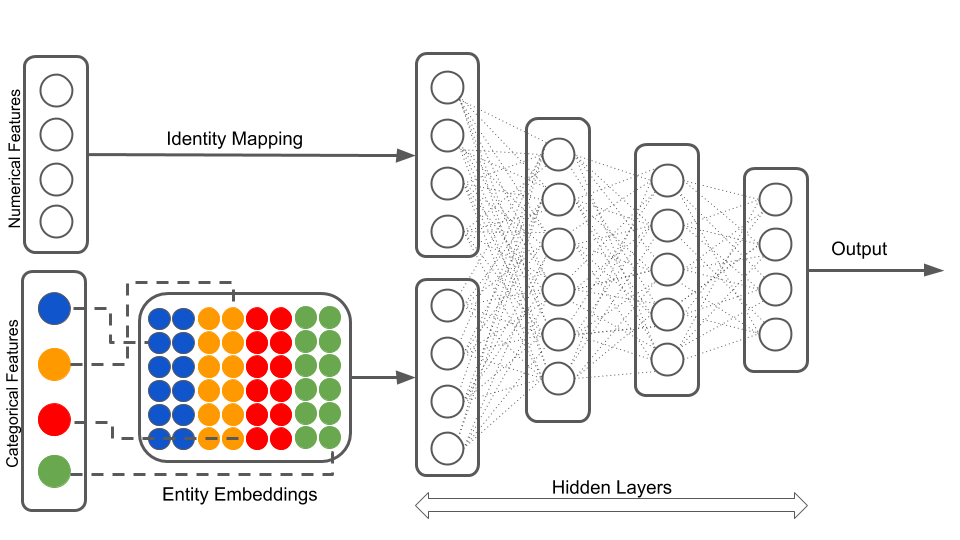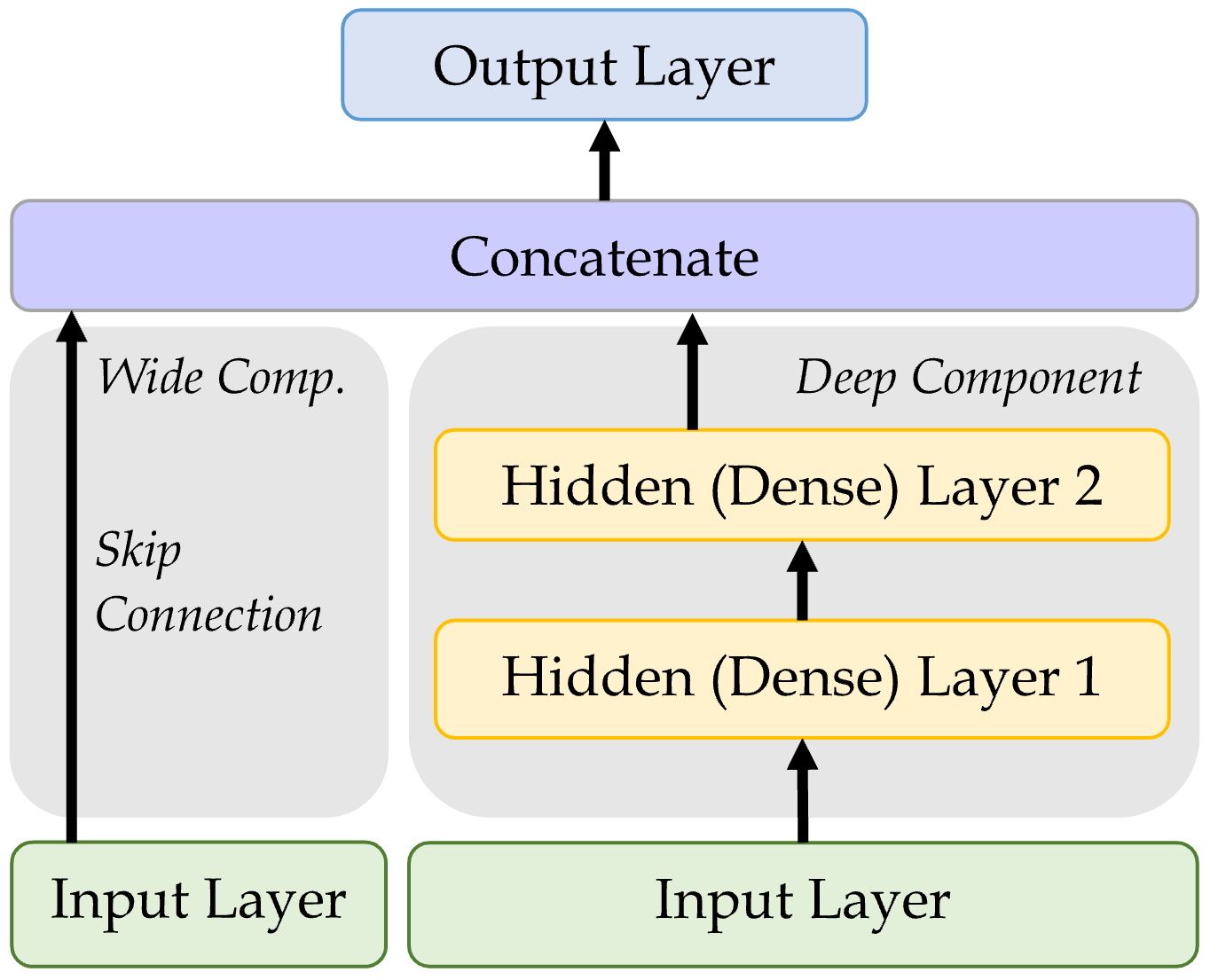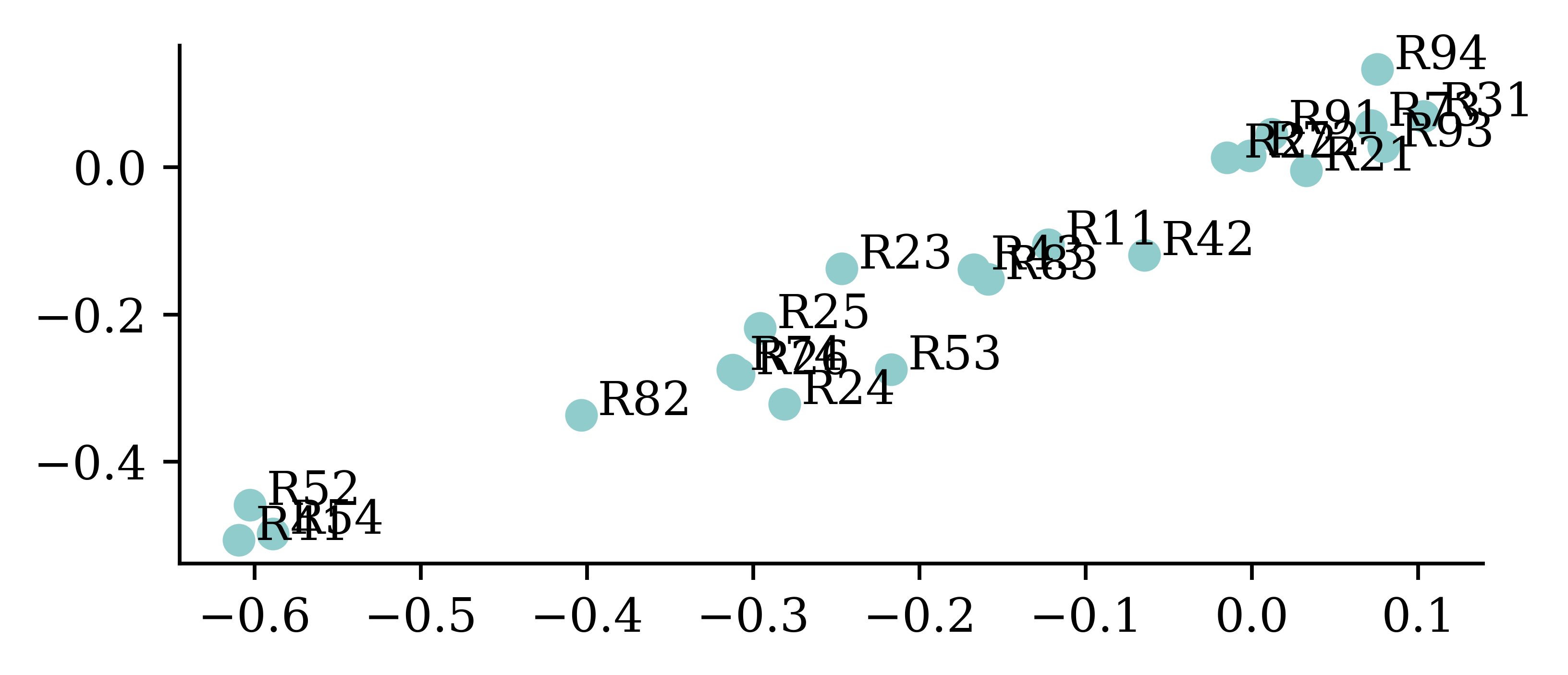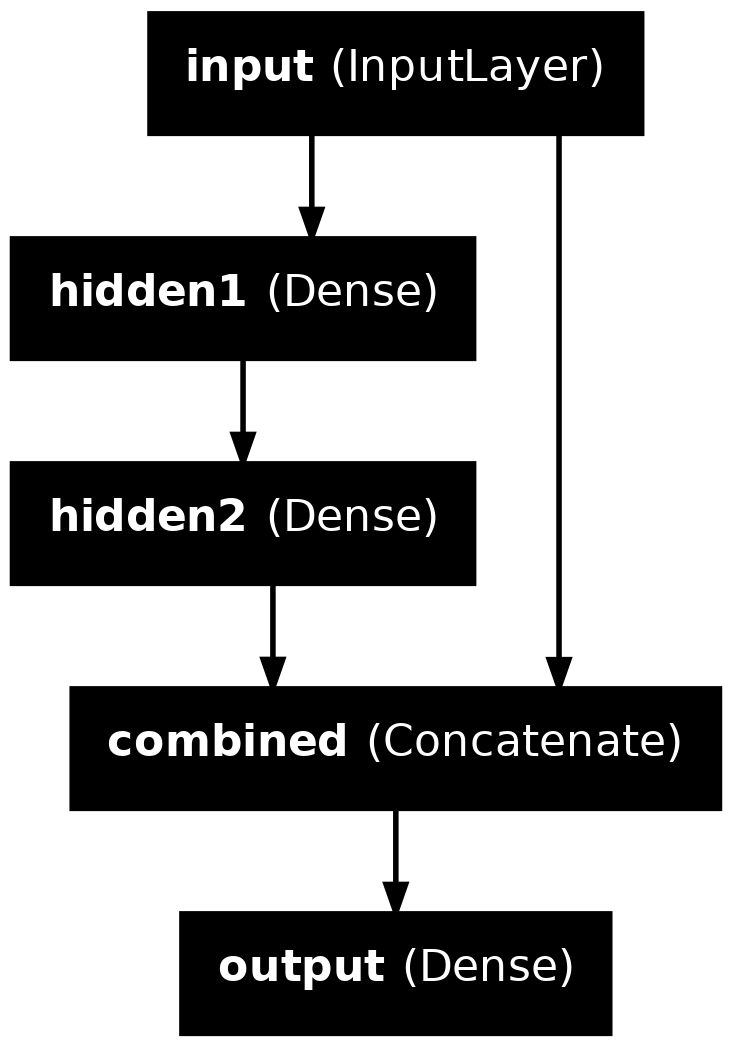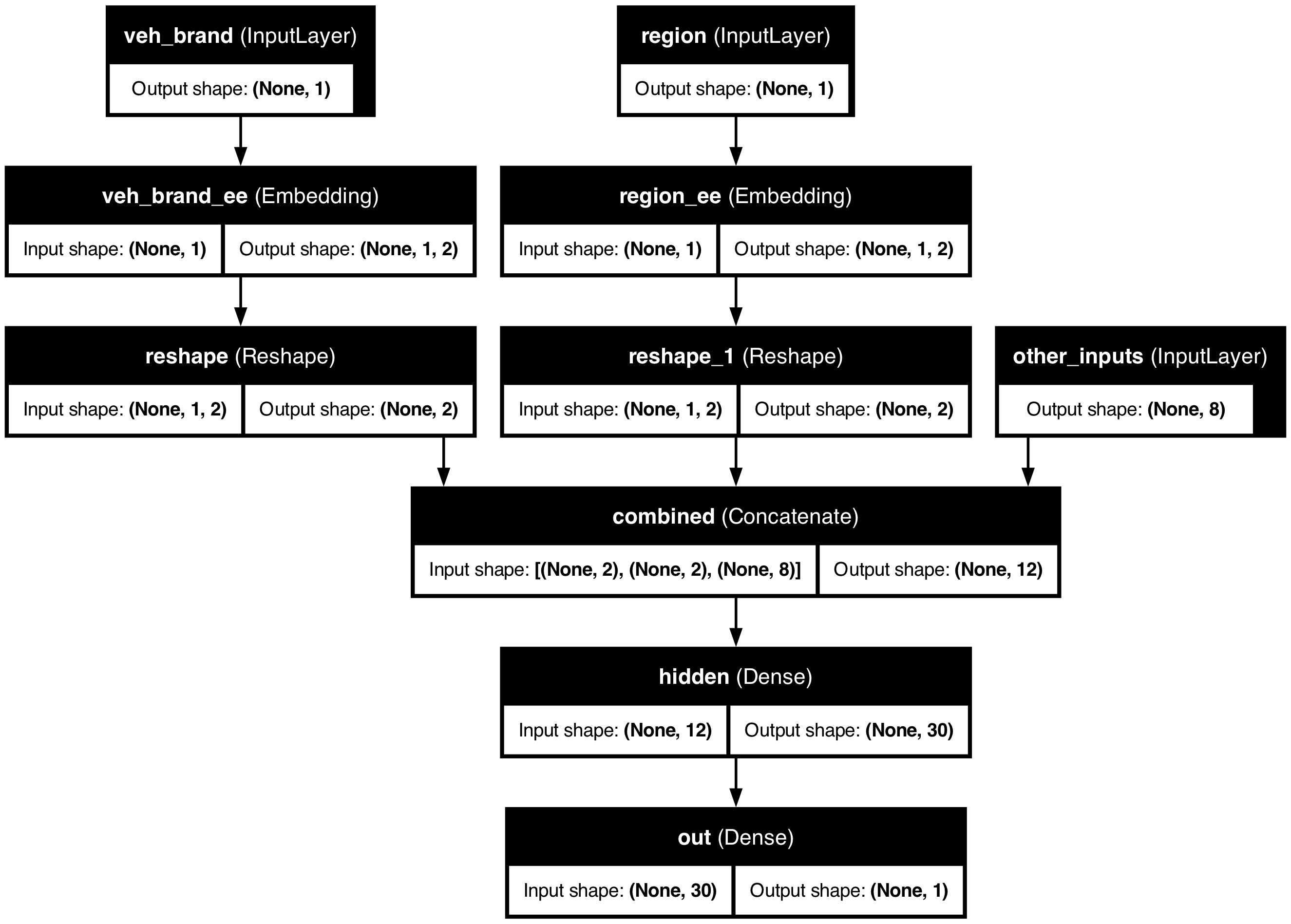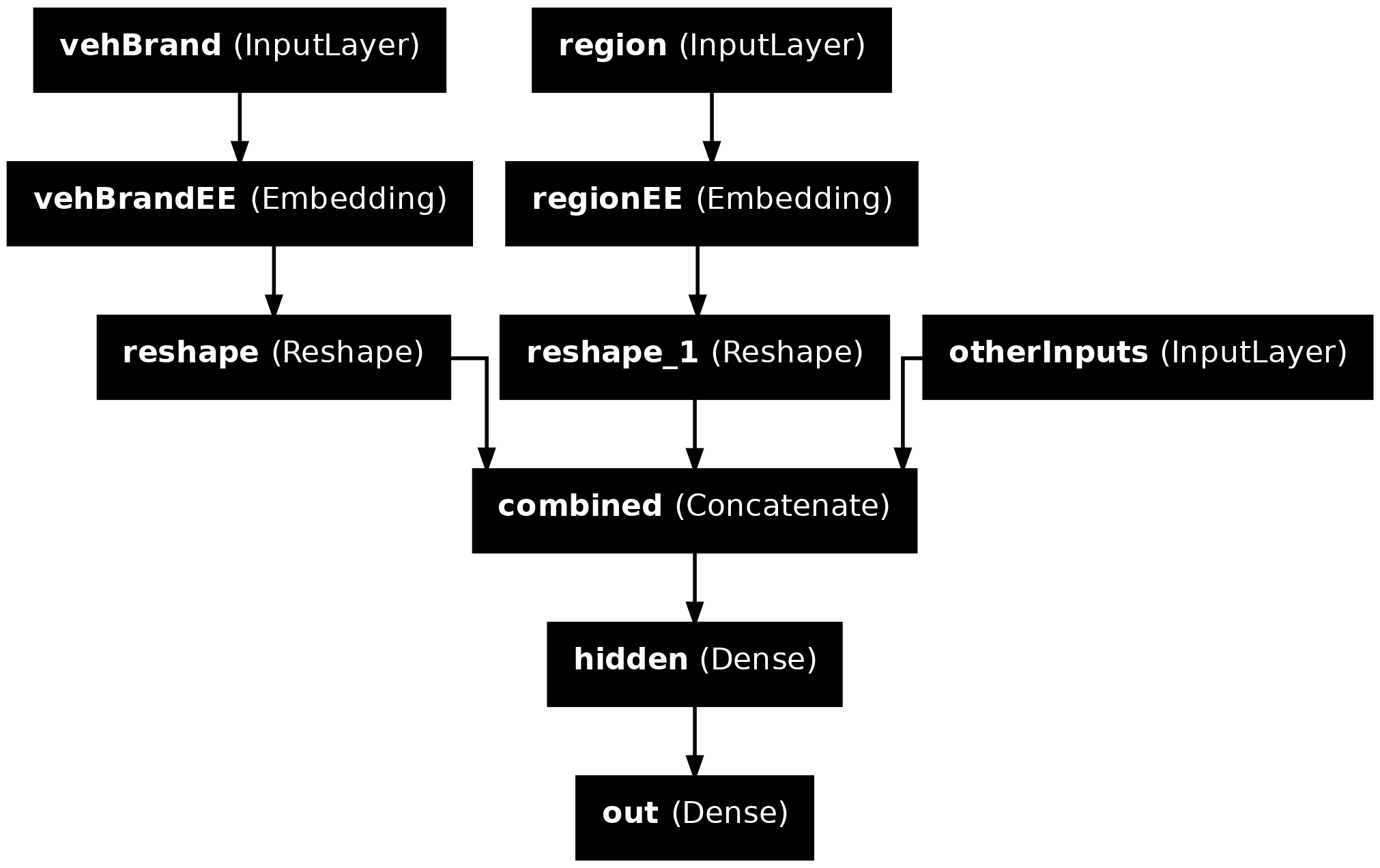Show the package imports
import random
import matplotlib.pyplot as plt
import numpy as np
import pandas as pd
from keras.models import Sequential
from keras.layers import Dense
from keras.callbacks import EarlyStopping
from sklearn.model_selection import train_test_split
from sklearn.preprocessing import OneHotEncoder, StandardScaler, OrdinalEncoder
from sklearn.impute import SimpleImputer
from sklearn.linear_model import LinearRegression
from sklearn import set_config
set_config(transform_output="pandas")